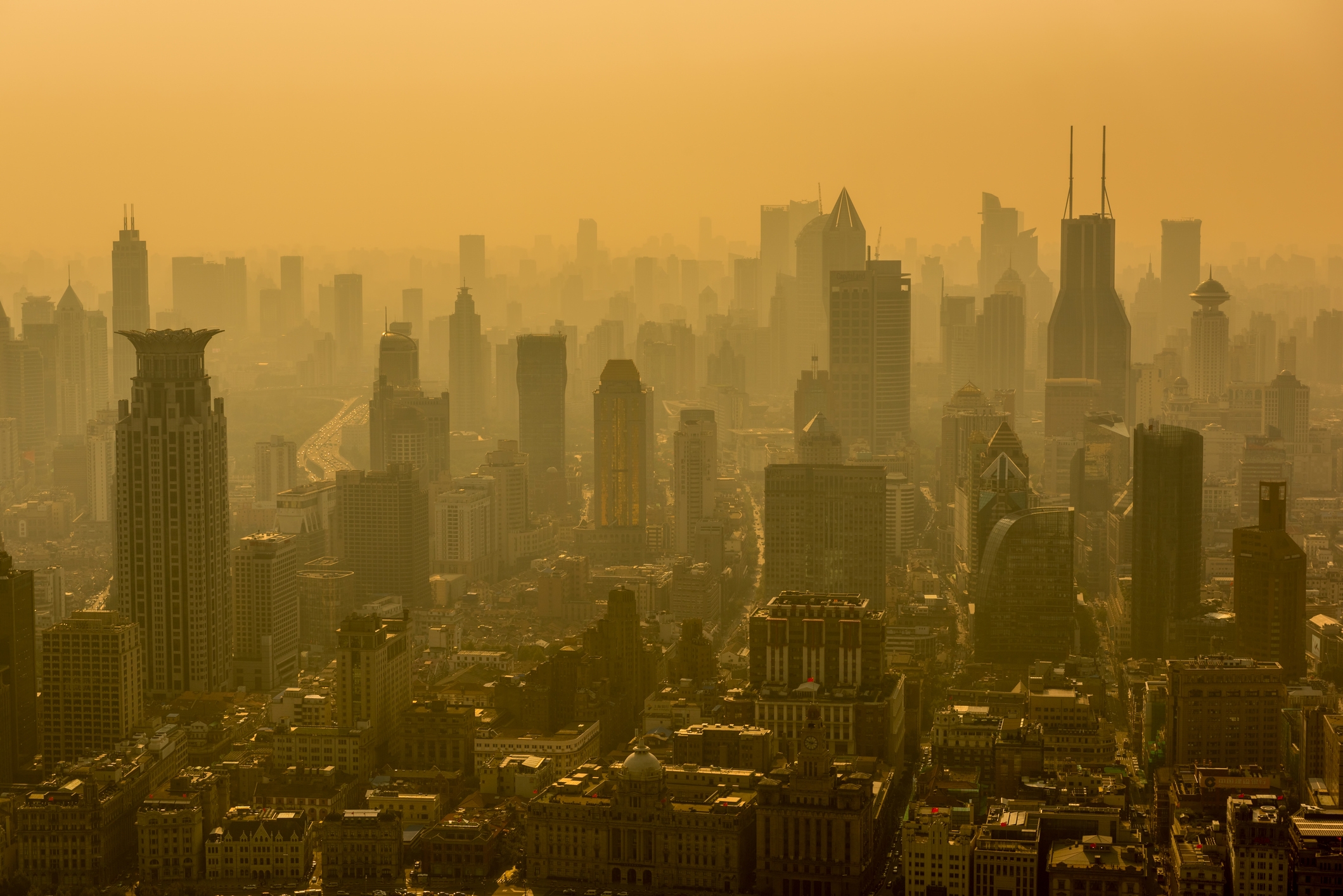Urban Climate Change

Southern cities such as Houston and Tampa — which faced the wrath of hurricanes Harvey and Irma, respectively — may not be the only urban environments vulnerable to extreme weather. Northern cities also face the potential for flooding as global temperatures continue to warm.
In fact, higher temperatures have been found to disproportionately affect northern land areas, particularly the Arctic, which has already experienced fallout from climate change.
A new study by a group of international researchers, including UC Santa Barbara’s Joe McFadden, combines observations and modeling to assess the impact of climate and urbanization on the hydrological cycle across the distinct seasons in four cold climate cities in Europe and North America. Their findings appear in the journal Scientific Reports.
“In general, the amount of precipitation is increasing but also the kind of precipitation is changing,” said McFadden, an associate professor in UCSB’s Department of Geography. “While more precipitation may fall in a year, it arrives as rain rather than snow because temperatures are rising. A shorter period covered by snow, more spring rain and faster snow melt can combine to release large amounts of runoff that have the potential to stress urban hydrologic systems and cause flooding in urban areas.”
The scientists used measurements taken in Minneapolis-St.Paul, Minnesota; Montreal, Canada; Basel, Switzerland; and Helsinki, Finland. Lead author Leena Järvi of the University of Helsinki coupled those with an urban hydrological model — the Surface Urban Energy and Water balance Scheme (SUEWS) — to perform a multiyear analysis. The investigators found that after snow melt, urban runoff returns to being strongly controlled by the proportion of built-up versus vegetated surfaces, which can absorb water. However in winter, the presence of snow masks this influence.
Basel had more than 80 percent impermeable surfaces, whereas the American site — a first ring suburb in Minneapolis-St.Paul — had the lowest amount of impermeable surface, about 10 percent.
“Combining measurements and modeling in this way is very valuable because it gives us a starting point to compare different cities, gradations between the city and the suburbs or changes in the city as it grows over time,” McFadden said. “Once we understand how that works, that knowledge is portable and can be used to understand other problems.”
According to McFadden, not only does this analysis demonstrate that wintertime climate can be important for northern cities, it also shows the effects in terms of flood risks. However, he noted, how this plays out within each city is a complex interaction.
“We showed that the model accurately represents what we measured in cities, so now we can use it to conduct sensitivity studies, where only a single variable — the percentage of the city covered by impervious versus pervious materials —changes,” he said. “Then we can examine how the melt of the snow and the runoff changes in light of the percentage of each city’s impervious surface. This is really important because it helps us understand how the built environment of the city modifies the effects of global climate factors.”





